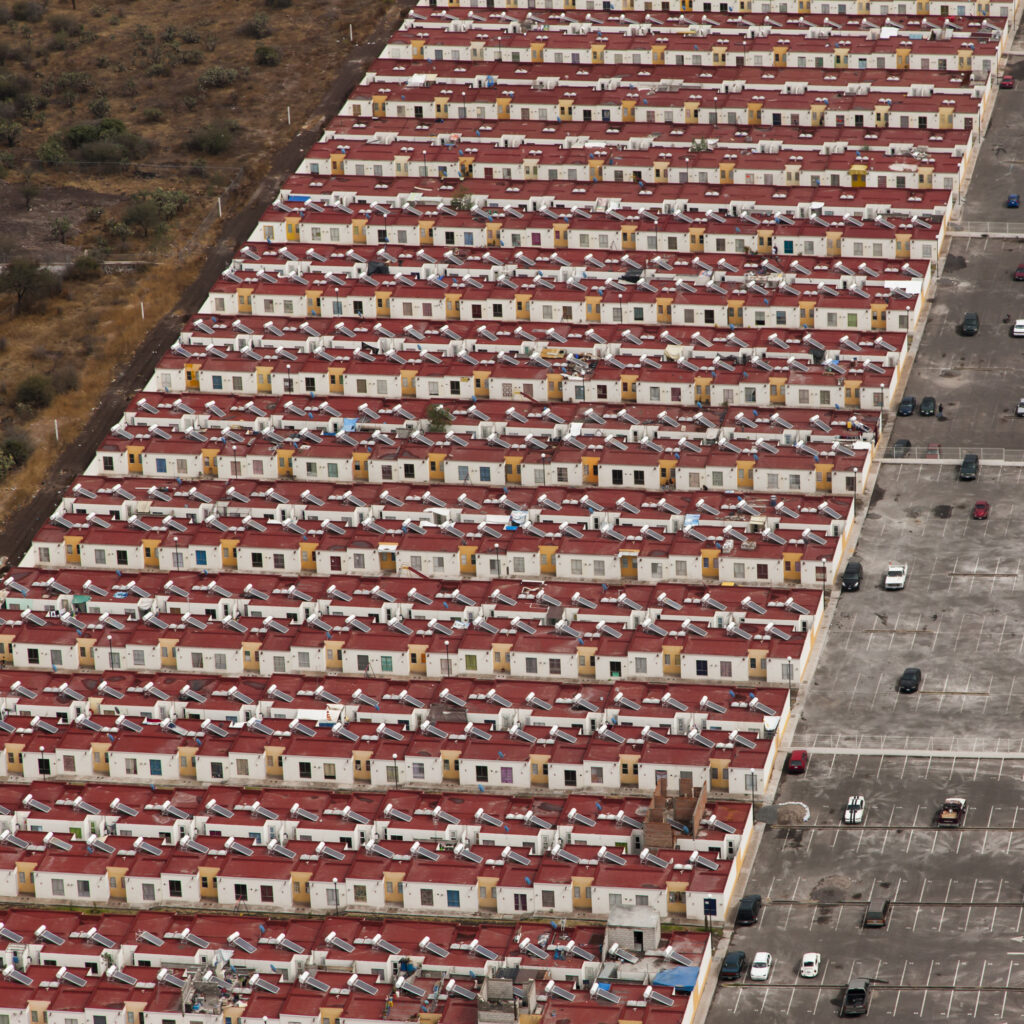Understanding Mexico’s Dystopian Housing Developments
In the early 2000s, the Mexican government launched an ambitious effort to build affordable housing for millions of the country’s most impoverished citizens. According to an article in Wired, the government spent billions of dollars on the program, resulting in hundreds of sprawling housing developments.

However, the program was plagued by problems, and the resulting developments have been described as “dystopian” and a “failed experiment”. The Los Angeles Times reported that the housing company Homex was one of the biggest beneficiaries of the program, but the company later found itself in financial trouble. Forbes reported in 2021 that Mexico is still struggling with housing issues, with outbreaks of negative and bizarre anti-housing legislation across the country.

How Mexico’s Housing Crisis is Worsening Each Year
Mexico’s housing crisis is worsening each year due to various factors. A lack of real estate development and financing options, among other factors, resulted in a deficit of more than 35% additional homes for the current population. This has led to millions of the country’s most impoverished citizens living in dystopian housing developments.

In Mexico City, more than half of the respondents to a recent survey had difficulties paying their rent or mortgage, and nearly one-third of respondents changed homes during the pandemic, with more than 60% of those who moved saying it was because they couldn’t afford rent. Meanwhile, companies like Blackstone reported record-breaking earnings in 2021. Financialization, rather than gentrification, is a major contributor to Mexico’s housing crisis.

The Human Cost of Mexico’s Dystopian Housing Developments
Mexico’s dystopian housing developments have a significant human cost, affecting the physical, mental, and economic well-being of those who live in them. One of the most significant impacts is on residents’ health, as these developments are often constructed in areas with poor air quality, insufficient sanitation, and limited access to healthcare. Additionally, the homes themselves are often of poor quality, with inadequate ventilation, heating, and cooling, leading to respiratory problems and other illnesses.

The isolation and lack of community spaces in these developments also have a negative impact on residents’ mental health. Without access to shared spaces or social amenities, residents can feel isolated and lonely, leading to anxiety, depression, and other mental health issues.
Furthermore, the lack of economic opportunities in these areas exacerbates poverty, making it difficult for families to access education and job opportunities. The distance from job centers and the lack of reliable transportation can make it challenging for residents to commute to work, further limiting their economic mobility.
The human cost of these dystopian housing developments is particularly severe for marginalized communities, including indigenous populations and people of color. These communities are often excluded from traditional housing markets and forced to live in substandard housing conditions, leading to further marginalization and discrimination.
To address the human cost of these developments, it is essential to prioritize quality and affordability in housing policies. This includes investing in the development of mixed-income communities, promoting community participation in housing decisions, and providing access to basic services and amenities. Additionally, there must be greater emphasis on creating sustainable and equitable housing policies that prioritize the needs of all residents.

